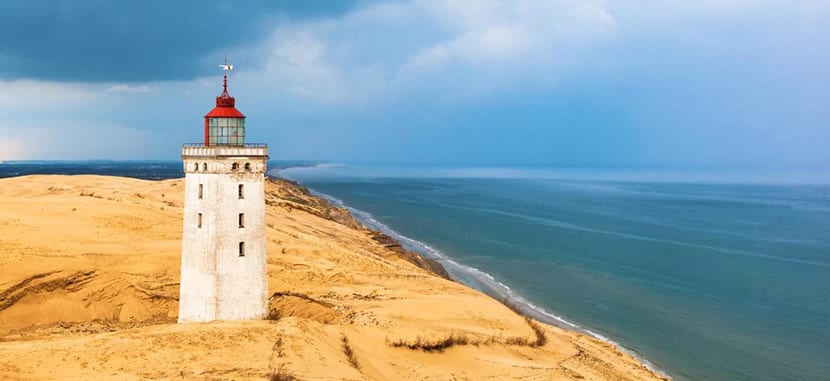
La jutland peninsula It's a beautiful common spit of land for two countries. One part is German and the other is Danish. It has very beautiful landscapes so it receives many visitors wanting to be outdoors.
The peninsula is on the mainland of Denmark and north of Germany and it is also known by the name of Cimbrica or Cimbria peninsula, deriving this name from the Cimbros and Jutos peoples that used to live in the area. It has beautiful landscapes, a lot of nature and of course, a lot of tranquility. Would you like to meet her?
The Jutland peninsula
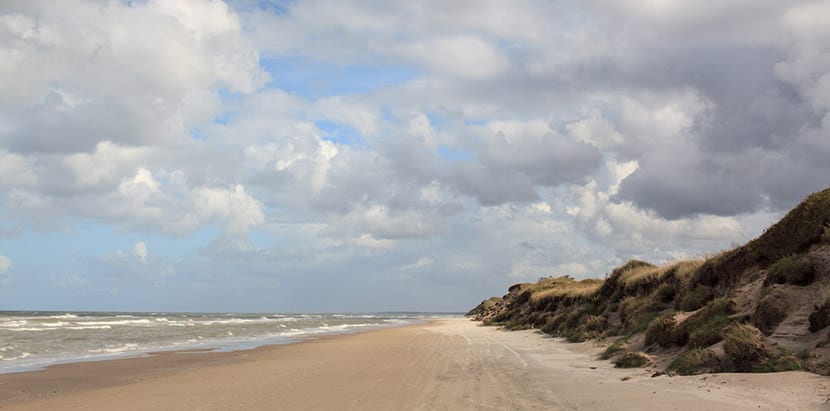
Owns open landscapes, plains and peat bogs, there are few elevations so it is rather flat with soft ripples. The peninsula has about 30 thousand square kilometers And although in relation to the total size of Denmark it is important (it represents two thirds of the country), it is not very inhabited and only almost two and a half million brave people live in it.
The coastal profile is decorated with glacial fjords and some dunes. Naturally, in winter it is very cold, around 0 degrees, while summer is quite humid and with a temperature that does not even scratch 20 ºC. It is bordered by the North Sea, the Baltic, Kattegat and Skagerrak, and to the east and south is Germany.
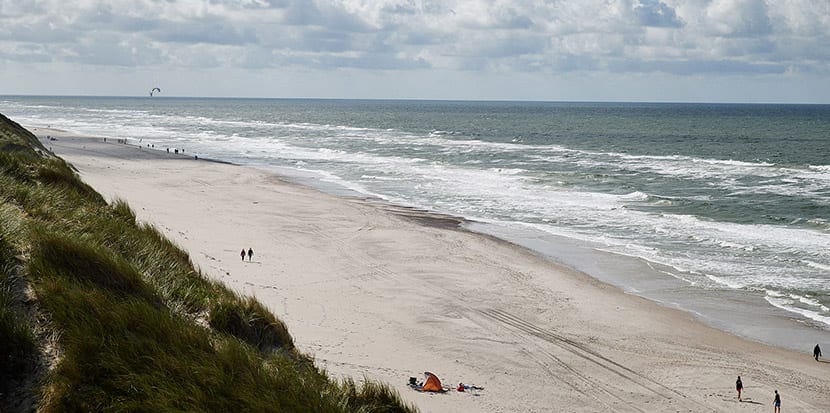
The northern part of the peninsula is separated from the mainland by a narrow channel that cuts the peninsula from coast to coast. It used to be simply a brackish water inlet, but in 1825 with an artificial North Sea flood, the connection was achieved. coast to coast.
On the Danish side there are ten cities and almost all make up the metropolitan and most populated area of the peninsula. The German part has two parts and its most important cities are Flenburg and Kiel.
The truth is that the first Anglos migrated from this part of Europe to what would eventually become England, hence the name. Today they speak a local dialect which differs quite a bit from the official Danish. Although it has been declining over time, it tries to preserve itself for cultural reasons.
Jutland Tourism

Jutland offers history, culture and nature. Is he north jutland what offers us the latest. The north is practically a separate land thanks to the Strait or Limfjord that we talked about above. The sea surrounds her everywhere so in a certain way it is isolated and they are enjoyed, in summer more hours of sun.
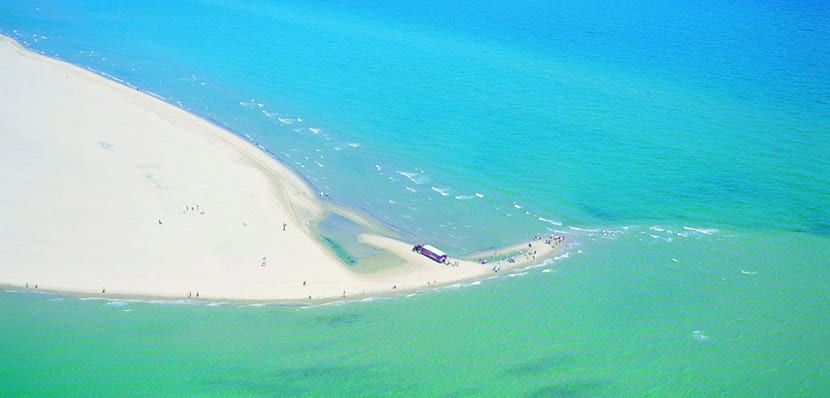
Here in the north is where the most touristic towns are concentrated, some typical of fishermen, or also the modern city of Aalborg. This city is the fourth in number of urban inhabitants in the country and is 412 kilometers from Copenhagen. It looks out to sea and is surrounded by several low mountains and villages. The city is from medieval origins and concentrates the hotels, museums and restaurants. It is a good place to stay.
There are some artificial lakes nearby, it has many parks and green spaces, theme park, viking cemeteries, historical buildings such as the XNUMXth century town hall or different houses of wealthy merchants and even a castle built by King Cristán III. He also knew how to be the heart of an artistic movement known as the painters of Skane, a century ago.
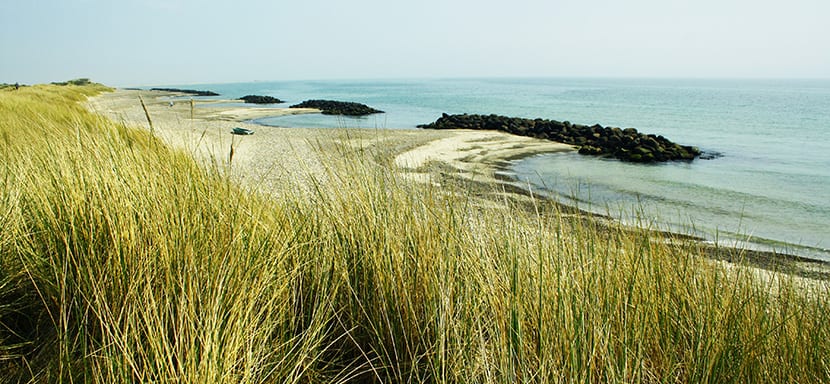
Here in North Jutland is also Denmark's oldest and largest national park, the Thy National Park with more than 200 square kilometers and beautiful landscapes with meadows, sea and dunes. And among them you will see many bunkers dating from World War II. A good way to explore the landscape is to rent a bike as there are many cycling routes or walking paths. It also offers excursions fishing, surfing or kayaking.
El south jutland, moreover, it's the Danish border so there's here lots of history and cultural mixes. The Flensburg Fjord is the natural border with Germany but there are beaches and landscapes so open that they seem to invade you.
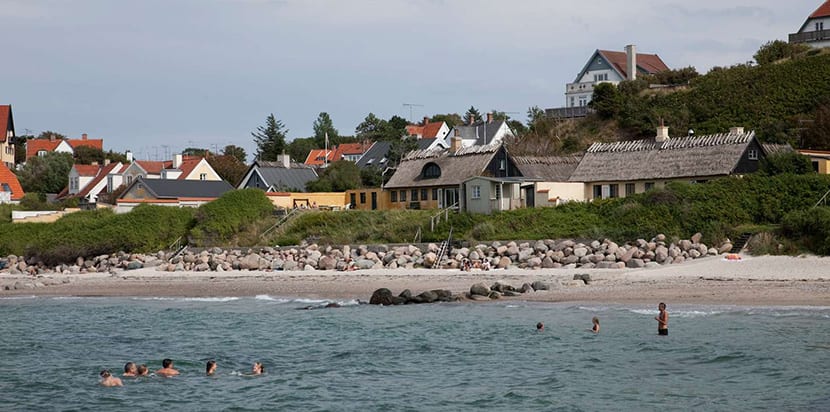
El Waden Sea It is a national park, a natural treasure for those who enjoy watching birds and wild animals. It is World Heritage. Also around here, in the south, there are castles, medieval towns and old churches In very good condition. He castle is the Koldinghus, today in ruins. There is also the old water tower in Tonder, today also turned into a museum.
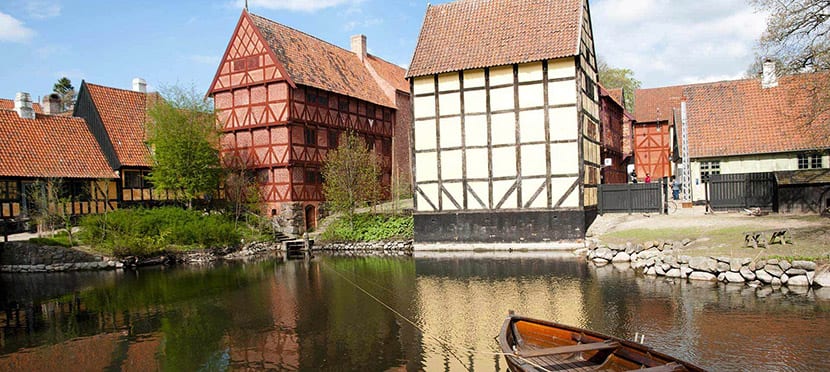
And since South Jutland borders Germany, you will learn a lot about the relationship between the two countries during the Second War and before, about the war between these two nations in the XNUMXth century. There is also the Frtoslevlejrens Museum.
The medieval past is concentrated in the Sonderborg Castle Museum and in the Knights Tournament held here every year. It is a typical medieval joust with knights, horses and spears. And if you like Vikings now that they are so fashionable you can go further south of Jutland and see the Danevirke Viking fortifications.
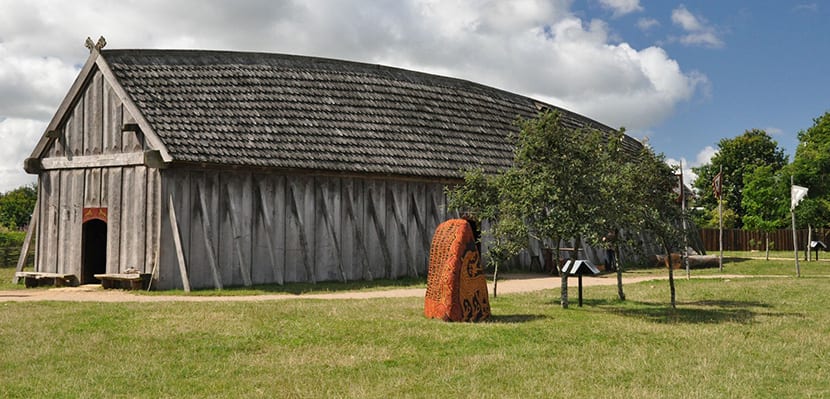
Are you going in summer and want enjoy the beaches? Well, there are quiet beaches, for example in the Kegnaes peninsula, in Als, an island or on the coast of the Little Belt. Also on the Wadden Sea or on the island of Romo, with its wide beaches.
How to get to Jutland and move around? The north is very simple because it is more compact and in a short time you travel a lot either in car, train or bus. It is great for cycling because it has a well-marked network of bike routes and it has no impossible elevations. If you are interested in knowing a small island on the coast you can always make use of the ferries. As for the buses, they work from city to city and within them as well.

In the larger cities the bus runs every 20 minutes and there are night buses, but in the smaller destinations they may only run in summer. If you are interested, write this website www.rejseplanen.dk for more information. The train is comfortable and fast and you can buy the ticket at the same station at a ticket office or at an automatic machine. Traveling seated has another price, yes, although it is recommended during peak hours. One option is to use the ticket Travelcard, which allows you to travel by train, bus and metro and serves all over Denmark.
Finally, some useful practical information: the Danish train company works very well. The trip from Conpenhage to AArhus takes three hours and to Aalborg about four hours. It is also useful is Euryal Pass.